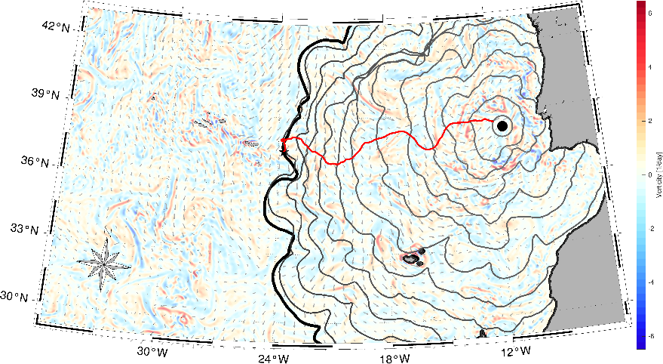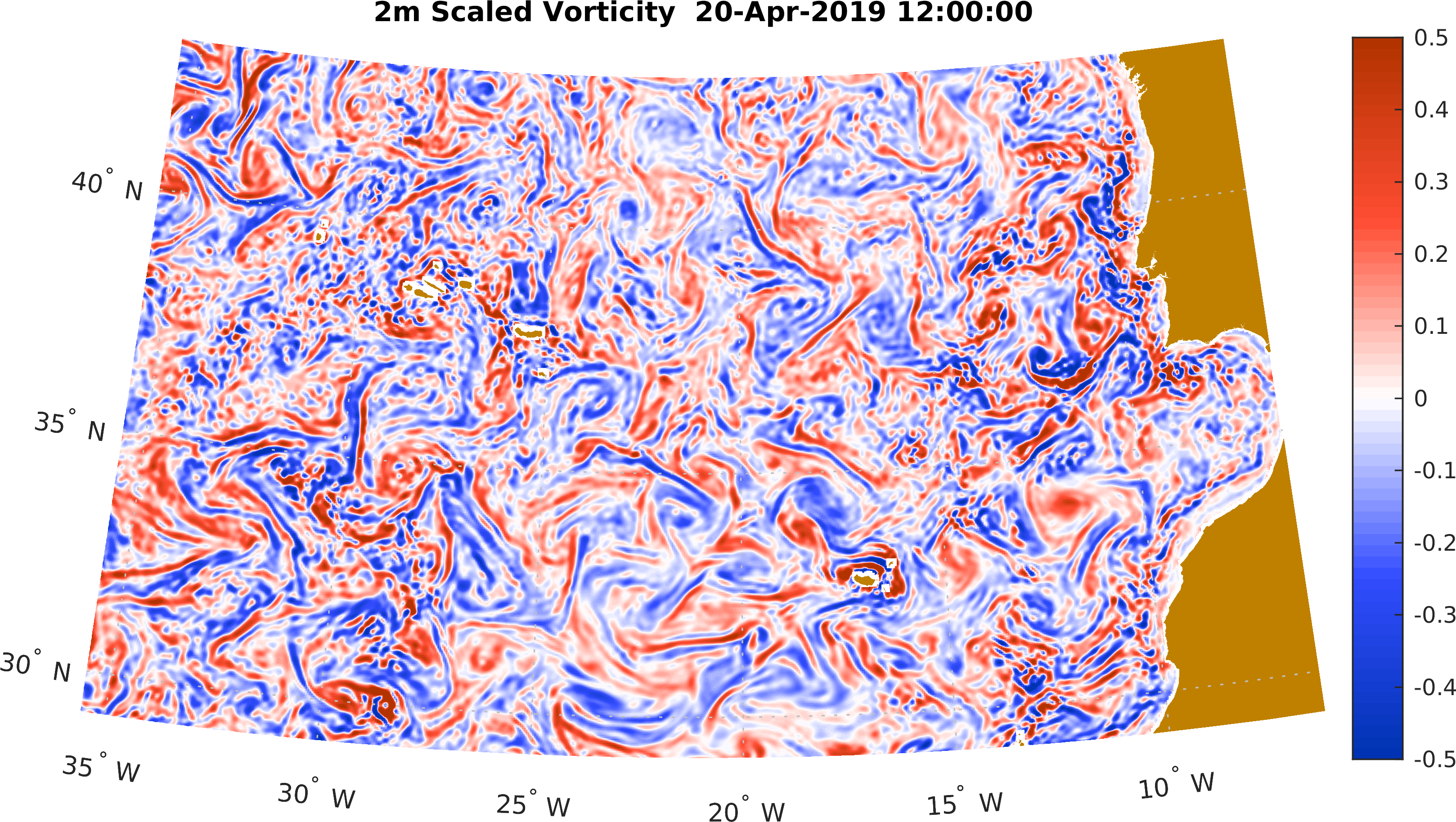K2D: Knowledge and Data from the Deep to Space
|
P.F.J. Lermusiaux, P.J. Haley Jr., C. Mirabito, C. Dahill Massachusetts Institute of Technology
|
Lead Principal Investigator: D. Hart (MIT) Co-Principal Investigators: O. de Weck (MIT), J. Leonard (MIT), P.F.J. Lermusiaux (MIT), D. Newman (MIT) Portuguese Institutions: CINTAL/UAlg University of Algarve CMEMS/IB-S University of Minho ISISE/IB-S University of Minho University of Azores |
Motivation Ongoing MIT-MSEAS Research MSEAS K2D-supported Publications Additional Links Background Information
|


|
| This research is sponsored by the MIT Portugal Program. | |||
Motivation
The deep sea is currently at the heart of the last remaining, big knowledge frontier. Information about the deep sea is critical to close the loop from oceans to near space. The breath of scales is large, but the challenges are mostly technological. Inhospitable and extreme environments are the obstacle, where the rules are radically different. Efficient exploration, monitoring and data communication systems for deep sea are essential to
- Exploration (new species, new bioactive or chemical compounds, safety, security, etc.),
- Environmental monitoring, protection, and surveillance (Earth Systems health),
- Security (military, surveillance of critical information, and communication infrastructures), and
- Safety (alarm systems for catastrophic events such as earthquakes and tsunamis).
Background information and overall vision is available below.
| Top of page |
Ongoing MIT-MSEAS Research
Long-Term (Collaborative) MIT-MSEAS Goal:
For this project, the MSEAS team will develop and apply its expertise in multiscale physical-biogeochemical-acoustical ocean modeling and data assimilation, Bayesian inference and scientific machine learning, and principled optimal planning for coordinated fleets of AUVs, surface autonomous vehicles, UAVs and other aircrafts, and near space assets.
K2D Team and Project Meetings
- All-Atlantic 2021 (June 2-4, 2021):
- All-Atlantic 2021 event main web page
- Within the scope of The All-Atlantic 2021 – All-Atlantic R&I for a Sustainable Ocean: Ministerial High-Level & Stakeholders Conference, which will take place under the Portuguese Presidency of the Council of the European Union, in close cooperation with the European Commission, IB-S is organizing a side event entitled “Connecting Subsea Cables and Satellites for Global Oceans Health Monitoring.” It is our great pleasure to invite you to participate in this side event, as well as in the entire program, which will include the participation of leaders, stakeholders and renowned specialists and scientists on the discussion about Oceans Sustainability. Please register here for online participation (the registration is free).
- MSEAS presentation video (talk starts at 1:30:00) [June 2, 2021]
Prizes and Awards
- MIT Mechanical Engineering Research Exhibition (MERE) 2021:
Publications
MSEAS K2D-supported Publications
| Top of page |
Additional Links
| Top of page |
Background Information and Vision
Our work is inspired from the overall vision of the project. The longer-term vision of K2D is to: (i) construct a new network of deep sea fixed nodes, self-sustaining in terms of energy and communications, that will support sensors for sound, physical, chemical and biological ecosystems monitoring; (ii) add new variables to the group of ‘earth vital signs’, e.g. based on listening to the center of the earth from the bottom of the sea; (iii) utilize logistics platforms along the ocean for the operation of AUVs that will extend the reach of the nodes, extending the influence area of each node and eventually creating a monitoring and exploration continuum; (iv) establish a connection between the deep sea and near space by including light deployment media, such as atmospheric balloons and UAVs, which will guarantee the direct measurement of physical and environmental variables from the water surface to the higher atmospheric layers, and by satellite surveillance that complements the idealized system by contributing with large scale indirect monitoring; (v) deploy mass scale and swarm sensors for characterizing the entire water column, with reliable and efficient data retrieval both at the water surface and at the ocean bottom.
| Top of page |


